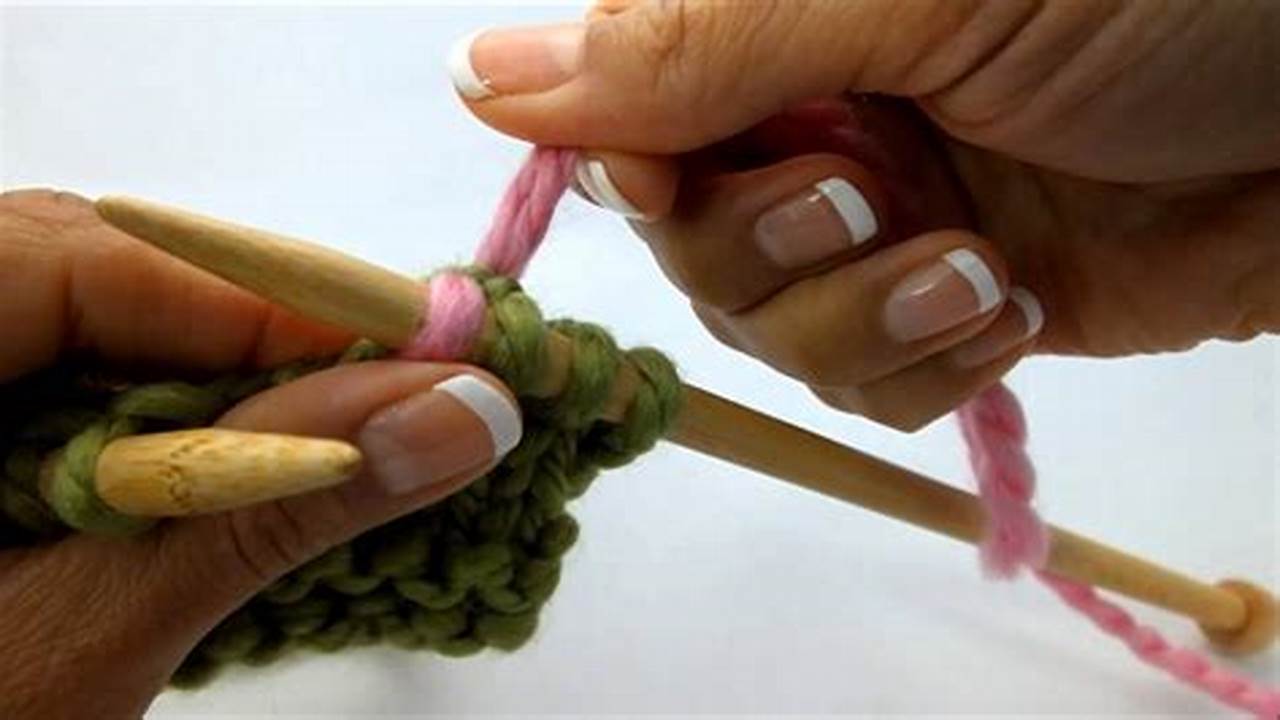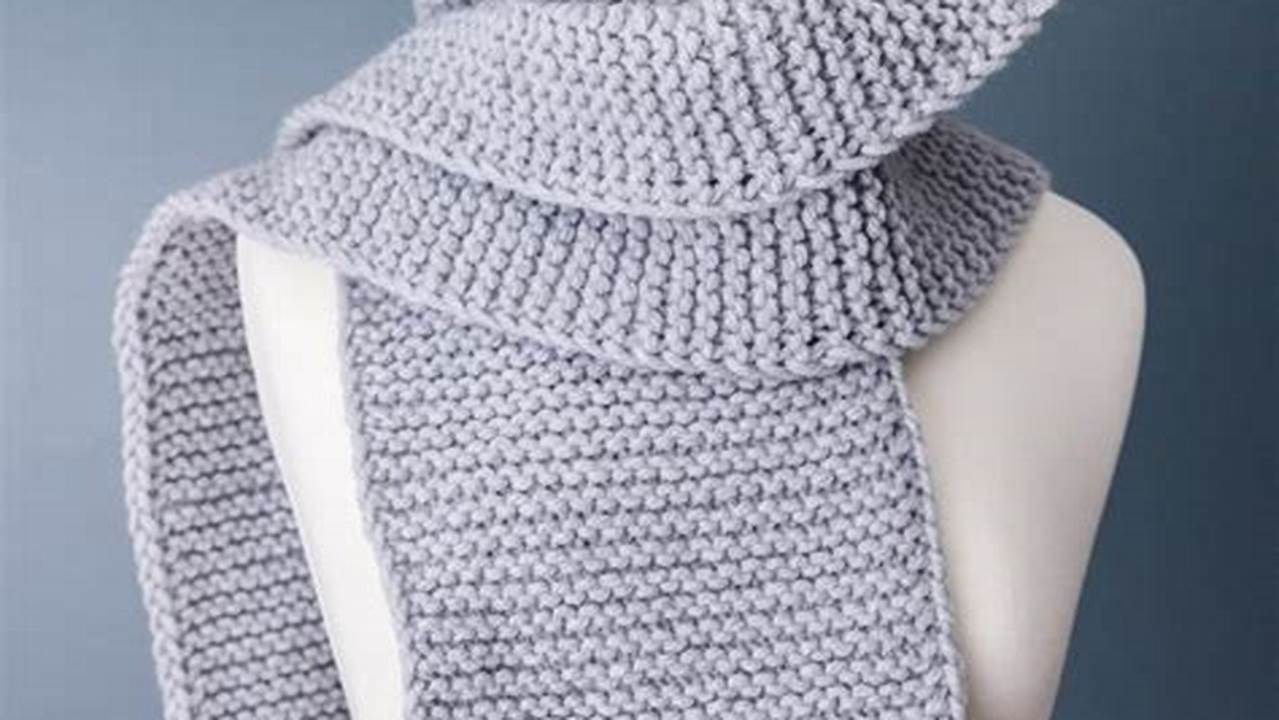
Finishing a scarf when knitting involves several techniques to give it a polished and professional look. These techniques include weaving in loose ends, blocking the scarf to even out the stitches, and adding fringe or tassels for decoration.
Finishing a scarf properly not only enhances its appearance but also prevents unraveling and ensures its durability. Blocking the scarf helps to set the stitches and give the scarf its intended shape and size. Adding fringe or tassels can add a touch of personality and style to the scarf.





